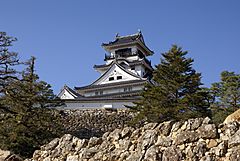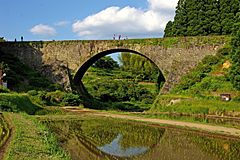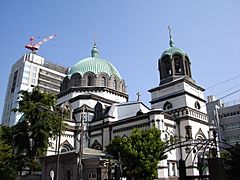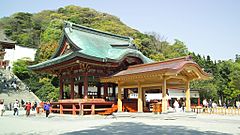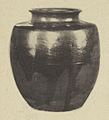Important Cultural Properties of Japan facts for kids
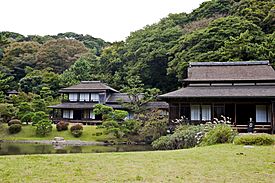
Important Cultural Properties of Japan (重要文化財, jūyō bunkazai, important cultural properties) is a list of items made by the Japanese Agency for Cultural Affairs. These are places and things that are especially important to the Japanese people.
Contents
Types of Cultural Properties
Japan's government made a Law for the Protection of Cultural Properties a "designation system" (指定制度) to protect its culture. It chooses important items and names them as Cultural Properties The law sets rules about changing, repairing, or exporting these items.
There is also "registration system" (登録制度), which sets a lower level of protection and support for Registered Cultural Properties than for Designated Cultural Properties.
There are different levels of designation. Designation can be at a city (市定重要文化財, city designated Important Cultural Property), prefectural (県定重要文化財, prefecturally designated Important Cultural Property) or national (国定重要文化財, nationally designated Important Cultural Property) level.
Designations of a different level can coexist. For example, Sankei-en, a traditional Japanese-style garden in Naka Ward, Yokohama, owns both city designated and nationally designated Important Cultural Properties.
Some Important Cultural Properties of Japan
-
Seiganto-ji, Wakayama Prefecture
-
Kōchi Castle, Kōchi Prefecture
-
Tsūjun Bridge, Kumamoto Prefecture
-
The Former Hokkaidō government office building
-
Tsurugaoka Hachiman-gū in Kamakura, Kanagawa prefecture
Images for kids
-
Nihon Bridge in Nihonbashi, Tokyo
-
Hatsuhana tea caddy, one of the special tea utensils, kept at the Tokugawa Memorial Foundation
See also
 In Spanish: Bien Cultural Importante de Japón para niños
In Spanish: Bien Cultural Importante de Japón para niños



